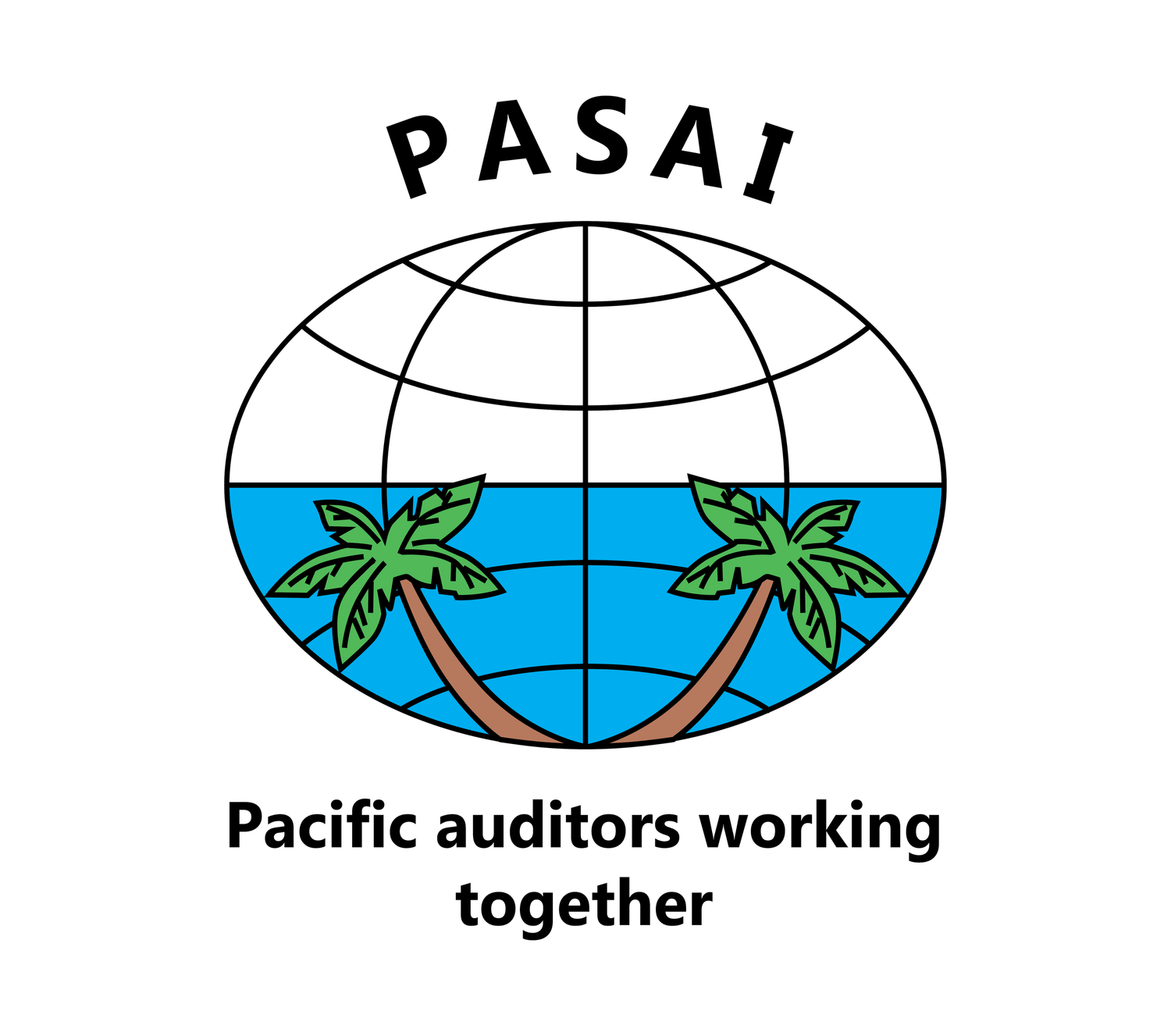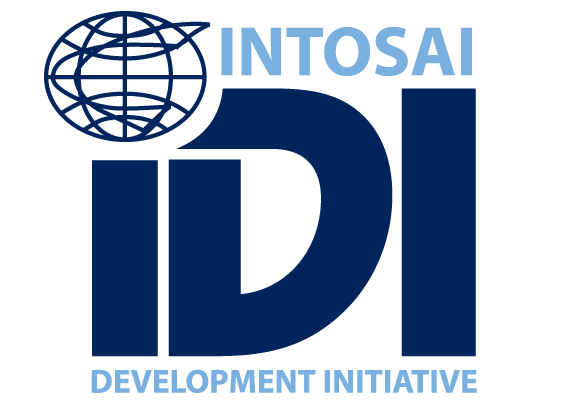By Logan Moore, Senior Advisor – Public Sector Finance and Reporting, Office of the Auditor-General, New Zealand
Audit reports are the vital end products of audit engagements. Audit reports enable auditors to communicate findings of entities’ financial and non-financial information.
Ideally, an auditor will be able to issue a report expressing a “clean” or unmodified opinion of the information. However, if an auditor following the International Standards of Supreme Audit Institutions has identified matters they wish to draw the reader’s attention to, they will issue a “non-standard audit report”.
A non-standard audit report is one that contains:
an “emphasis of matter” or an “other matter” paragraph; and/or
a “modified” opinion.
It’s important that entities understand and address any matters raised in a non-standard audit report. They present opportunities to improve systems, processes or the presentation of the financial statements.
Parliamentary and legislature committees, the public, civil society organisations and the media should consider the matters auditors raise in audit reports and ensure entities are held to account to act on them.
Additional recommendations that don’t meet the criteria of being included in the audit report are typically included in the management letter. Similarly, entities should act on the recommendations in that letter, to take full advantage of the auditor’s independent feedback.
Emphasis of matter and other matters
Without modifying the audit opinion, auditors can include an “emphasis of matter” or “other matter” paragraph in the audit report. These paragraphs draw attention to matters such as:
fundamental uncertainties
breaches of law or
concerns over probity or financial prudence.
Auditors can use these paragraphs to bring to the readers’ attention matters that are important to their understanding of the financial statements. But they’re only for when the matter isn’t “material” (significant) to the financial statements. An issue is material if it will affect a reader’s view or understanding of the information.
The key consideration for an auditor in choosing between an emphasis of matter paragraph and modifying the audit opinion is whether the matter is material.
Over the last few years, the audit reports for most public entities in New Zealand have included an emphasis of matter paragraph. The paragraph has drawn attention to disclosures in the financial statements about the COVID-19 pandemic, given the significant uncertainty the pandemic has caused.
Across the Pacific, auditors have often referred to the adoption of new accounting standards in an emphasis of matter paragraph.
Modifications to the audit opinion
Auditors give a modified opinion when either:
There’s a disagreement between the auditor and management. It could be a material misstatement about the treatment or disclosure of a matter in the financial and/or non-financial information.
There’s been a limitation in the scope of the audit. This can happen when the auditor has been unable to obtain sufficient appropriate evidence to support an issue or disclosure. As a result, the auditor is unable to express an opinion on the financial or non-financial information, or a part of the financial or non-financial information.
The auditor needs to determine whether the misstatement or limitation in scope is pervasive. This determination enables the auditor to select the type of modified opinion to issue. There are three different types of modified opinions:
an “adverse” opinion
a “disclaimer of opinion” and
a “qualified opinion”.
An adverse opinion, in which an auditor concludes there are pervasive misstatements of information, is the most serious type of non-standard audit report. However, management should resolve matters raised in any type of opinion as soon as possible.
The following chart from the PASAI Regional Financial Audit Manual shows how to determine which type of modified audit opinion to issue.
Audit reports (especially non-standard) should be viewed as a valuable resource by all stakeholders. They’re a tool for the auditor to communicate and encourage improvements to the accountability and transparency of the public sector.








